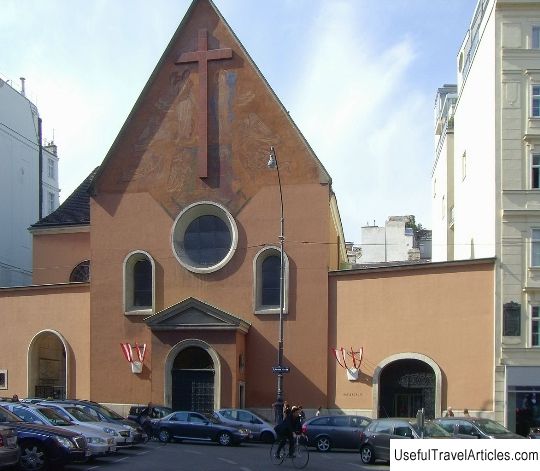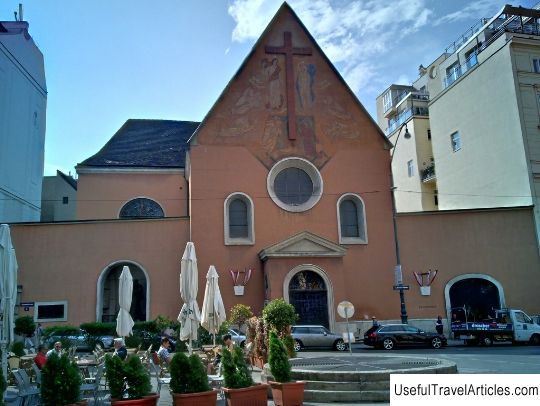Imperial Tomb in Austria, Vienna spa
Rating: 8,4/10 (2401 votes)  The Imperial Tomb is part of the Capuchin Monastery. The Tomb, like the Capuchin Monastery, was built on the initiative of Anna, the wife of Emperor Matthias, who wished to be buried here after her death. But soon after the start of construction, Anna died, then three months later the emperor Matthias died, and the monastery with the tomb was not completed. The imperial couple were buried in another monastery, which is located near the Capuchin monastery. But after the creation of the church, the remains of Anna and Matthias were transferred to the tomb, which is located under the Capuchin monastery. Over the centuries, the rulers of Austria expanded the tomb, and gradually it turned into the main burial place of members of the Habsburg dynasty. About 147 representatives of the Habsburg family are buried in the imperial tomb. But there is an exception, the Countess Fuchs is buried here, who throughout her life was devoted to Maria Theresa. After the death of the Countess, the Empress wished that she was also by her side. After the pompous funeral ceremony, each sarcophagus was closed with two locks. One key was in the possession of the Capuchin monks, and the other was kept in a closet in the Treasury of Vienna. The sarcophagi free standing in the tomb are made of different materials. In the 18th century, bronze was the main material for sarcophagi. After the reform of Joseph II, which was aimed at reducing the cost of burial, widespread use for sarcophagi acquired copper as an easier and more affordable material. Copper was used to create sarcophagi almost throughout the 19th century. Then they began to use a mixture of bronze and copper casting, as well as a mixture of silver and copper. Gold and silver were used to decorate the sarcophagi. The most beautiful sarcophagus in the tomb is the crypt of Charles VI and the double sarcophagus of Maria Theresa and her husband, which were created in the Rococo style. The last burial in the tomb was made in July 2011, when Crown Prince Otto von Habsburg was buried here.  We also recommend reading Folklore Museum (Folklore Museum) in Austria, Vienna spa Topic: Imperial Tomb in Austria, Vienna spa. |




